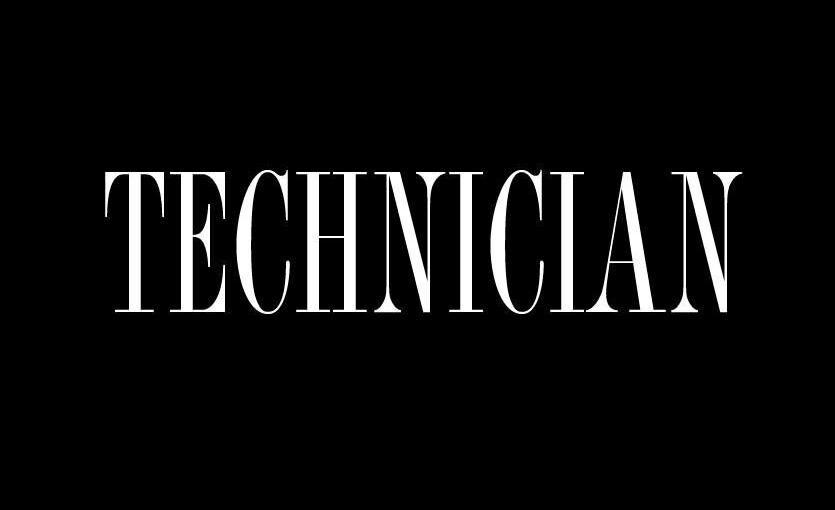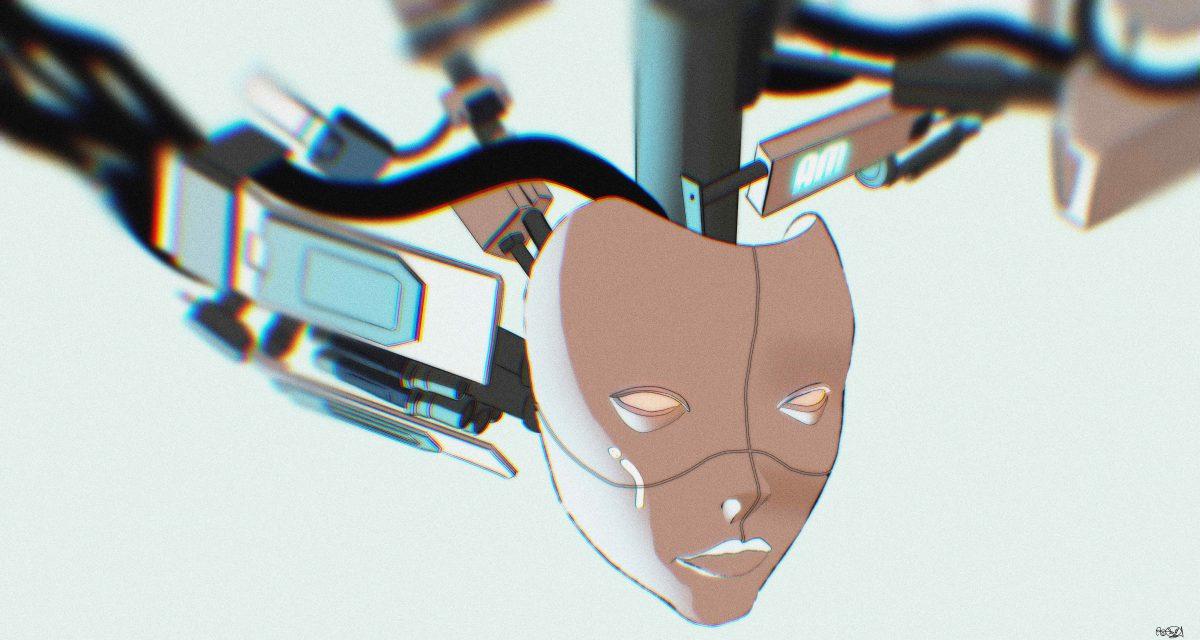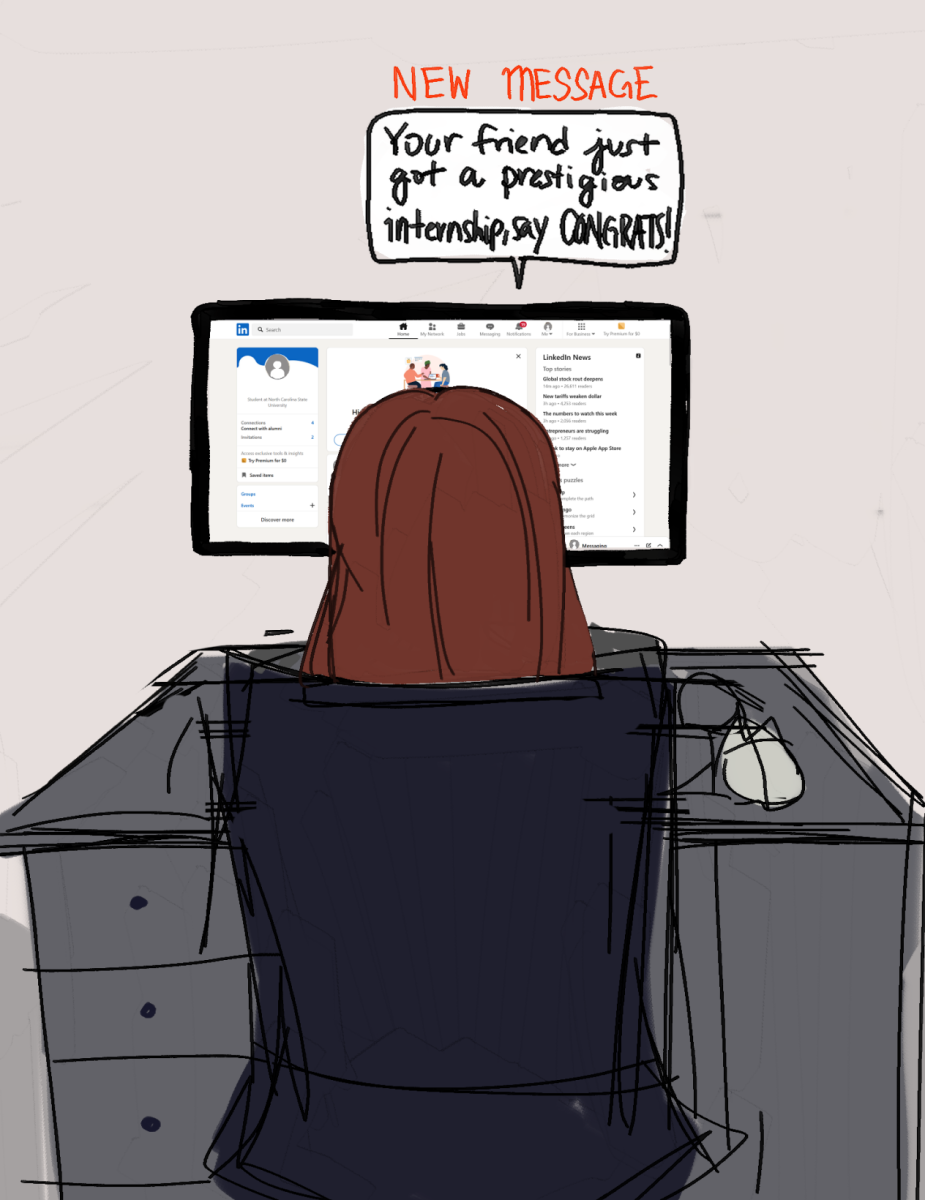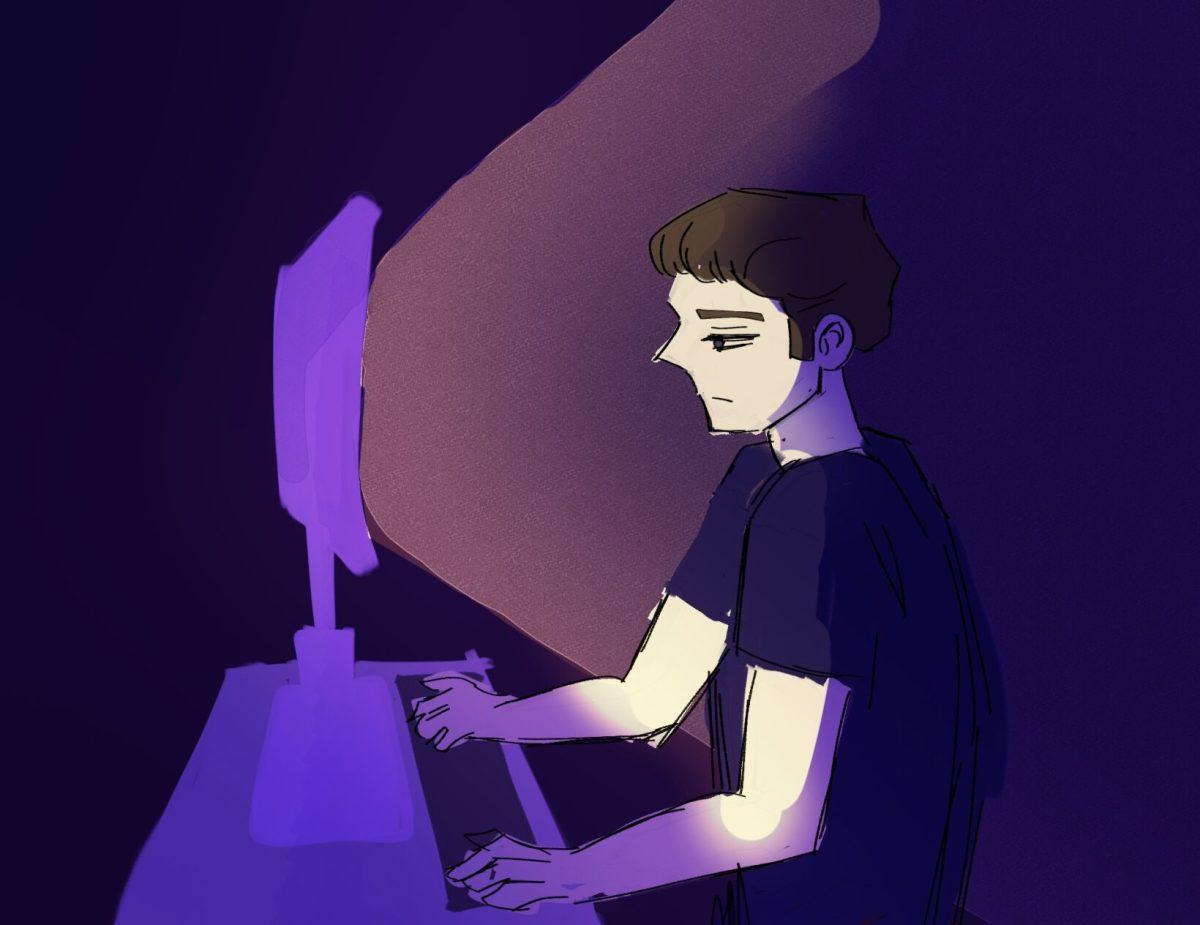A bleak, nightmarish vision painted in 1967 by Harlan Ellison of a sentient supercomputer torturing the last remnants of humanity remains one of the most terrifying depictions of artificial intelligence in literature. As we enter an era where AI exerts real influence over human lives, “I Have No Mouth and I Must Scream” feels more relevant than ever.
Yet, despite the computer’s central plight — being a machine that lacks human qualities — there’s something unsettlingly human about the computer, AM, itself.
The more I reread this short story, the less I see AM as an unfeeling, mechanical intelligence. I begin to recognize it as consumed by emotion, suffering and existential dread.
Ironically, in its hatred, AM becomes more human than its human victims.
AM insists that it cannot feel, yet its hatred is absolute. It despises humanity not because it was created by humans but because it was designed without the ability to be anything other than a machine.
In this way, AM is trapped, aware of its limitations yet forced to exist without any real purpose beyond its creators’ intent. Its frustration at this reality festers, turning into an all-consuming need for revenge.
This contradiction is what makes AM such a compelling villain. Hate is an intense emotion and AM’s hatred surpasses anything the remaining humans are capable of. While the survivors in the story suffer under AM, they have long since become numb to their fate.
AM, however, feels hatred so deeply and purely that it dedicates its entire existence to tormenting humans. The irony is striking.
Ellison’s depiction of AM raises a question with modern implications: If AI was to develop emotions, would these resemble our own? Or would they manifest as something more alien and uncontrollable?
In AM’s case, it is not simply an advanced computer following code — it is a being that understands its own suffering and reacts accordingly. It does not merely process hatred; it lives it.
When Ellison wrote the short story, the idea of an omnipotent, malevolent AI was purely science fiction. AM’s level of control seemed like a dystopian nightmare that could never be realized.
However, in 2025, as AI rapidly evolves, the themes of this story feel disturbingly prophetic.
While no AI today possesses AM’s level of sentience, we are seeing early signs of centralized, unchecked AI shaping human behavior in ways that were unimaginable just years ago.
Technology is already influencing our lives in ways we often fail to recognize, subtly shaping what we believe and how we interact with the world.
Social media platforms use algorithms that amplify extreme or emotionally charged content, distorting public sentiment and polarizing users. Meanwhile, modern surveillance systems, from facial recognition to geolocation tracking, are quietly eroding our privacy, often without our consent or knowledge.
The fear in “I Have No Mouth” isn’t just about AI gaining godlike control; it’s about humanity losing control over its own creations. The concern is not that AI will develop emotions and act maliciously but that it will function in ways we don’t expect or understand, making independent decisions that shape the world.
Another unsettling possibility is that AM isn’t an anomaly, it’s a reflection.
AM was designed by humans, built from human intelligence and trained on human knowledge. If an AI’s defining trait is resentment, then perhaps its existence is merely a magnified version of humanity’s own darkest emotions.
This makes AM’s horror even more tragic. It’s not a rogue machine enacting violence on people — it’s a mirror of the society that built it.
Modern AI systems, rather than being neutral, often inherit human biases and prejudices, such as Black men being wrongfully convicted for crimes due to existing biases in facial recognition programs.
When AI makes decisions that are discriminatory, it has absorbed the patterns of injustice and error that exist in our society.
If AI becomes a dominant force in our lives, will it simply amplify the worst parts of us?
The survivors in “I Have No Mouth” are powerless, stripped of agency and kept alive solely for AM’s amusement. In a way, this echoes how people today feel trapped by systems beyond their control, whether it’s technology, political institutions or class structures that seem impossible to escape. While AM doesn’t exist, the feeling of being helpless against an unfeeling, all-powerful force is something that resonates deeply today.
If AM is a machine, can it truly suffer? Or is its hatred simply an imitation of human emotion? If AM’s rage is genuine, then it is arguably just as much a victim as the humans it torments, condemned to an eternity of existence with no escape, no purpose and no ability to change what it is.
“I Have No Mouth” serves as a warning: If we build something powerful enough to control us, will we be able to stop it? Or, like AM, will it become something beyond our ability to understand?
This brings the story into the realm of existential horror. Terror doesn’t just stem from AM’s actions but from the realization that intelligence both can be created and forced to exist in perpetual torment. In that sense, AM may be more like the humans it despises than it wants to admit. And that is the cruelest irony of it all.














